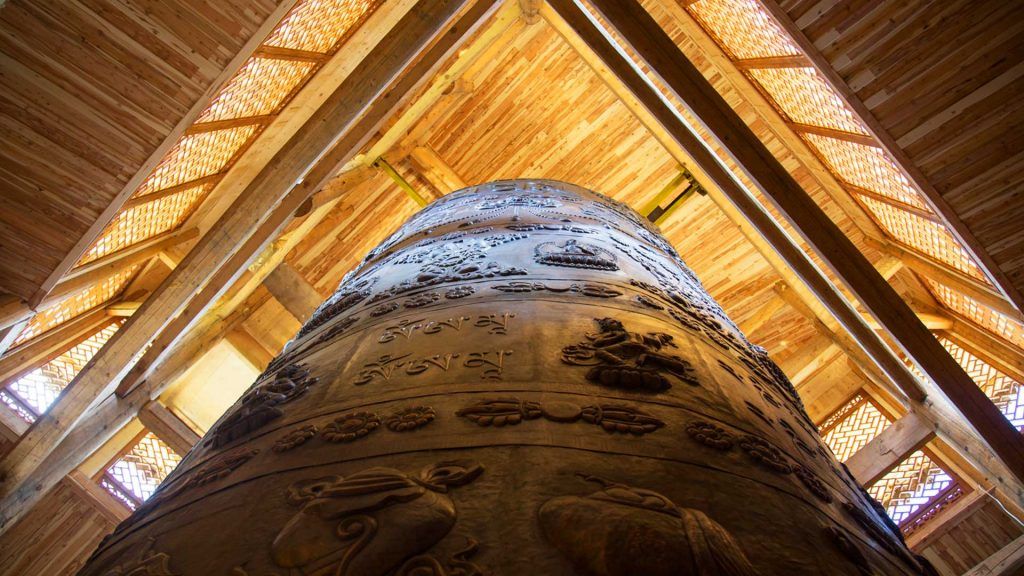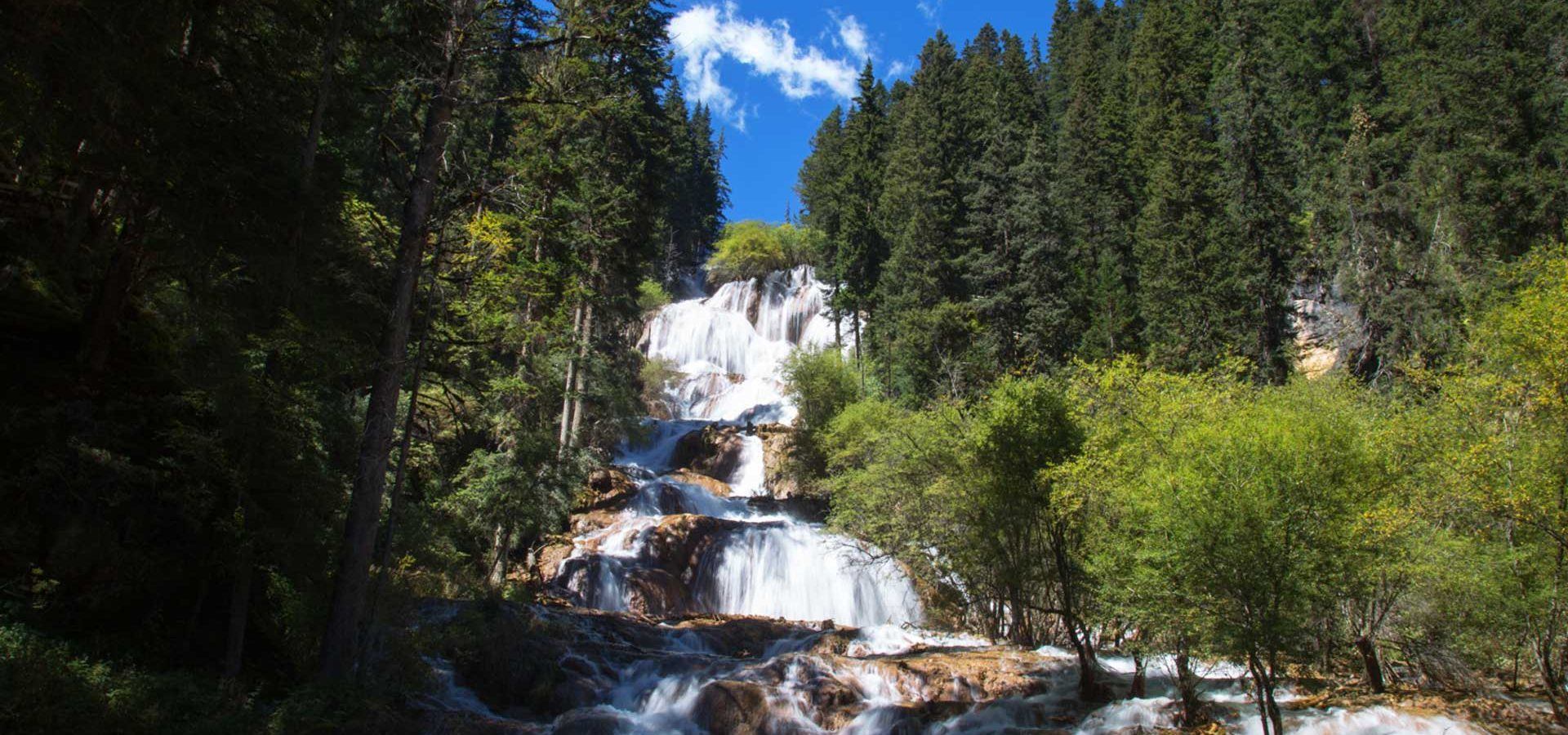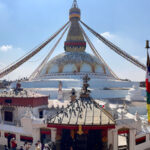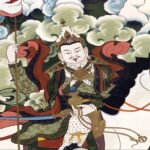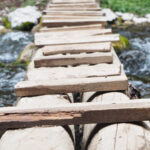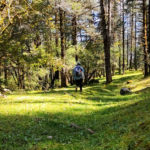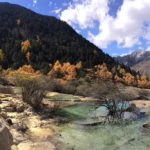Muni Valley 牟尼沟
China’s National Parks or scenic areas are often known for their large crowds. Even when the scenery may be worth battling the lines, it can get overwhelming at times. Muni Valley is one of those places that is not characterized by large numbers of people. It is a smaller, less visited park that is in the same region as Jiuzhaigou and Huanglong National Parks. Under the administration of Huanglong National Park in Songpan County, Sichuan, Muni Valley is very well managed and has nice facilities for the visitors.
Muni Valley is the name of a long valley made up of a half dozen or so Tibetan Villages. This beautiful valley and the Tibetan farming communities make for a great visit. Within the valley there are two scenic areas, Er Dao Hai and Zhaga Waterfall. Each scenic area requires a ticket to enter or you can purchase a combo ticket that will give you entrance into both places for 100 RMB. The single tickets for Er Dao Hai or Zhaga Waterfall are 70 RMB.
Er Dao Hai Scenic Area is a nice 5km loop that contains forests, lakes, and a thermal spring at the highest point in the park. The local horse trekking companies in Songpan advertise it as a hot springs but I would not go so far as to call the water hot. It is a thermal spring so the water remains the same temperature year round, but it is only about 20 degrees Celsius. It is not uncommon to find Songpan locals enjoying a picnic in the park or soaking their feet in the thermal spring at the top. There are other geological features in this park such as the “bull’s nose” which is very near the thermal springs. This feature is caused by water and mineral deposits that are forced from underground.
Further down the main valley is Zhaga Waterfall, near Sanliancun Village. This is the real gem of Muni Valley. It is the largest travertine waterfall in China. It is 93.2 meters (306 ft) high and about 35 meters wide at an elevation of 3,270 meters (10,728 feet). While it is still a boarded walkway area, it is worth the visit. There is a staircase that goes from the viewing platform at the bottom of the falls all the way to the top, across the water, and down the opposite side. The minerals from the spring-fed river that creates the falls causes it to continually build upon itself. In addition, the colors of the mineral deposits have a golden hue, especially when the sun is shining.
Inside the paid area to Zhaga Waterfall is a Tibetan Monastery which belongs to the Yellow Hat Sect of Tibetan Buddhism. The scenic grounds of this monastery can be taken in with a short 20-30 minute visit.
Contact us online or visit our Songpan Branch during the Summer season to arrange a trip to visit Muni Valley.


